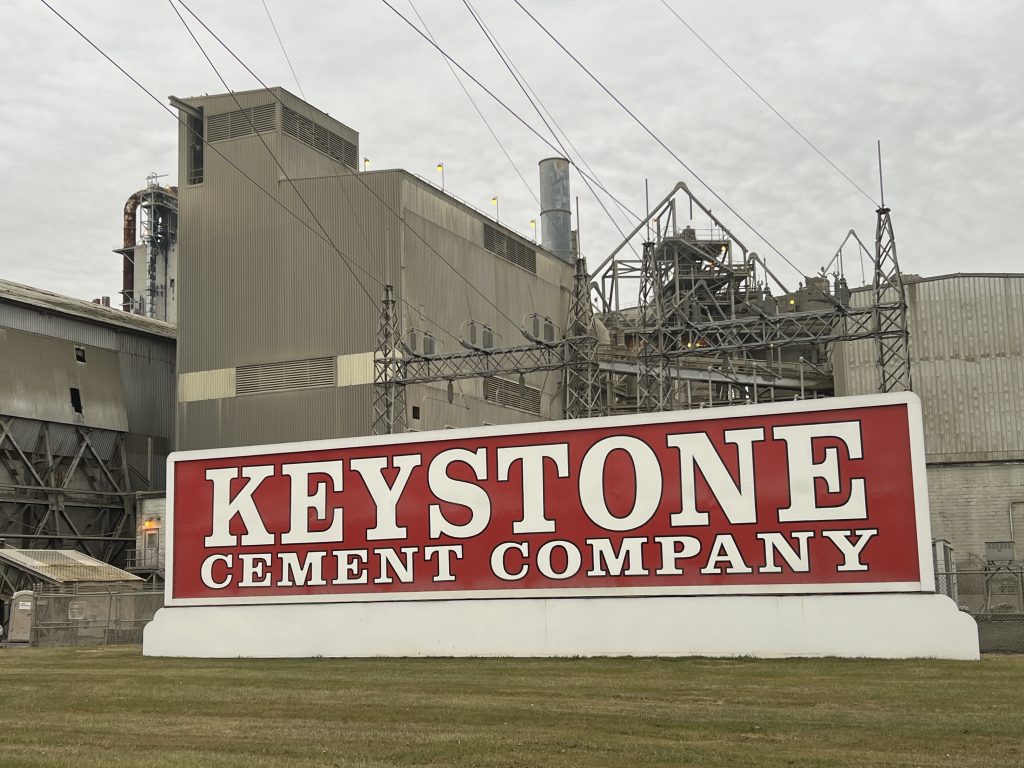
Lehigh Valley residents concerned by cement company’s haz-mat rail plan along Monocacy Creek
| January 24, 2025
A cement company has proposed transporting hazardous waste on a railroad that runs along the Monocacy Creek, a concern for Lehigh Valley residents as an accidental spill would be hard to mitigate and could flow into the Delaware River, the source of drinking water for more than 14 million people.
The company, Keystone Cement, has used tanker trucks to transport various types of hazardous waste by road to its facility in Bath, Pa., which is located near the Monocacy Creek.
The Pennsylvania Department of Environmental Protection is reviewing a renewal permit application from Keystone Cement, which is owned by parent company Giant Cement Holding, to burn hazardous waste to fuel its kiln in its manufacturing of cement.
The rail line, which runs parallel to the Monocacy Creek, a tributary of the Lehigh River, is operated by Norfolk Southern, the company responsible for the East Palestine, Ohio, train derailment in February 2023.
In October, Northampton County residents raised concerns at a public hearing about the permit. A record of the public hearing comments and responses was not yet publicly available from the DEP, but according to the Lehigh Valley News, community members are worried about the rail’s close proximity to the Monocacy Creek, a premier trout fishing tourist attraction and an indirect tributary of the Delaware River.
Residents sound an alarm
Jose DeJesus, vice president of the Monocacy Creek Watershed Association and a lifelong Lehigh Valley resident, voiced his opposition to the renewal of Keystone’s application at the public hearing, and told Delaware Currents there was a lot of “frustration” at the meeting.
DeJesus said a major concern is the proximity of the rail line to residents’ land and to the Monocacy Creek. He said since there are no roads along the length of the creek and because of its very forested terrain, equipment can’t easily be brought in to handle a spill.
“If the tank cars do fall down that bank and into the creek and spill, it doesn’t matter how good your emergency response teams are,” he said. “There’s nothing you’re going to be able to do about it to mitigate a spill when it happens. I don’t say if it happens, I say when it happens.”
He noted that rail cars can hold 30,000 gallons, compared to the 5,000 or 6,000 in a tanker truck on the road.
“So, if they get the permit to do that, then now you’ve got four tank cars of 30,000 gallons each per day, possibly being transported to Keystone along the one rail spur that serves that area, which runs the complete length of the Monocacy Creek from its mouth on the Lehigh River, all the way to Bath and beyond.”
The specific makeup of the hazardous materials and where they come from is unclear but a fact sheet provided by Keystone said: “It is important to note that all hazardous materials are destroyed in the kiln, and the resulting non-hazardous ashes are retained in the kiln process as a zero-waste system. Keystone is subject to the most stringent air regulations under the US Clean Air Act, Maximum Achievable Control Technology Standards. In addition, Keystone is subject to stringent NPDES water regulations and monitors the Monocacy Creek.”
Robert Swigart, a Bethlehem resident and retired environmental permit compliance specialist, noted that the rail line runs adjacent to the Bethlehem World Heritage Moravian site, weaves through residential neighborhoods and travels through public parks and conservation areas, including the Archibald Johnston Conservation Area.
“You can imagine our horror when we learned of Keystone Cement’s plan to daily ship 100,000 to 120,000 gallons of liquid hazardous wastes, including highly flammable materials and aquatic toxins, along our treasured creek and through our neighborhoods, parks and conservation areas,” Swigart wrote in an email. “The native brown trout have likely lived in the Monocacy Creek within our city for a thousand years. We have been protecting them for a hundred years.”
Record of safety on the rails
The Association of American Railroads describes freight rail as “the safest way to move goods over land, and more than 99.9 percent of all hazmat moved by rail reaches its destination without a release caused by a train accident.” But AAR added that “recent derailments remind us that such incidents can profoundly affect a community.”
The Federal Railroad Administration’s Office of Safety Analysis tracks accidents and incidents. The data show that “as one of four major Class I railroads, NS [Norfolk Southern] has a higher number of reportable accidents/incidents,” said the FRA’s deputy director of public affairs, Warren Flatau. “Keep in mind that accidents/incidents involving hazmat are generally rare and infrequent,” he added.
In March and July 2024, trains derailed in the Lehigh Valley on tracks owned by Norfolk Southern, sowing more distrust among community members.
In response to questions sent by Delaware Currents, Norfolk Southern’s senior communications manager, Heather Garcia, referred questions to Keystone and provided contextual statistics on rail transport of hazardous materials.
“Railroads are common carriers, meaning we are obligated to transport any freight that has been properly tendered on reasonable terms and conditions, including hazardous materials,” Garcia wrote.
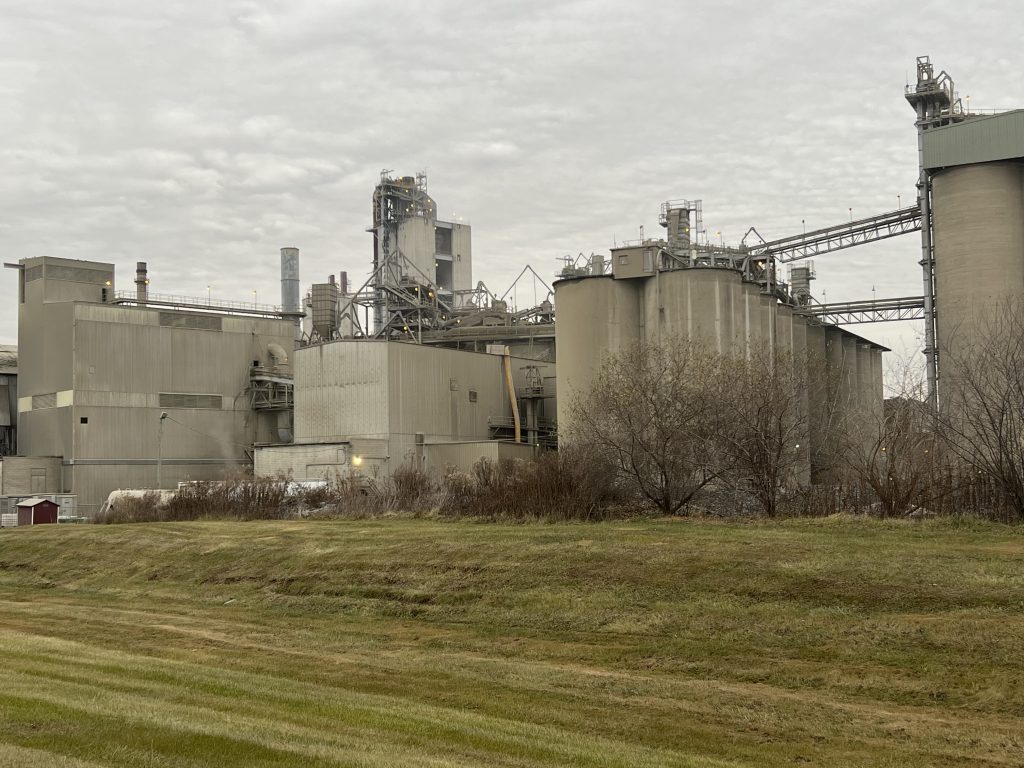
Residents frustrated, company silent
People are “frustrated” and feel as though they “don’t have a say” on what gets transported through their neighborhood, or even their backyard, DeJesus said. He added that the question residents still have is who is responsible for the hazardous material before it arrives at the Keystone facility.
“Who do you actually contact to stop this from happening?” he said.
Among other questions, Delaware Currents asked Keystone Cement who is responsible for the hazardous material while it is en route. In an email response, the manager of environmental, health and safety projects at Giant Cement, Rachel Odzer, said that “after further consideration, we have determined that this matter has already been extensively reported on since July 2024.”
“A public meeting/hearing with public participation was held months ago and the obligation is now with the PADEP,” the email continued. “As such, Keystone believes that it has provided sufficient input to the media over the last few months and does not have anything further at this time.”
Past permits
Keystone Cement was issued its first hazardous waste management permit under the Resource Conservation and Recovery Act in December 1991 “for the treatment, storage and disposal of hazardous waste,” according to its draft permit renewal. Keystone’s current hazardous waste management permit expired in July 2019.
Two more applications were sent in June 2020 and December 2022 and included revisions. For now, Keystone operates under an administrative extension. If its application is approved, it would allow Keystone to continue operating, while adding its railcar system, for 10 years.
It’s unclear when the DEP will rule on Keystone’s renewal application.



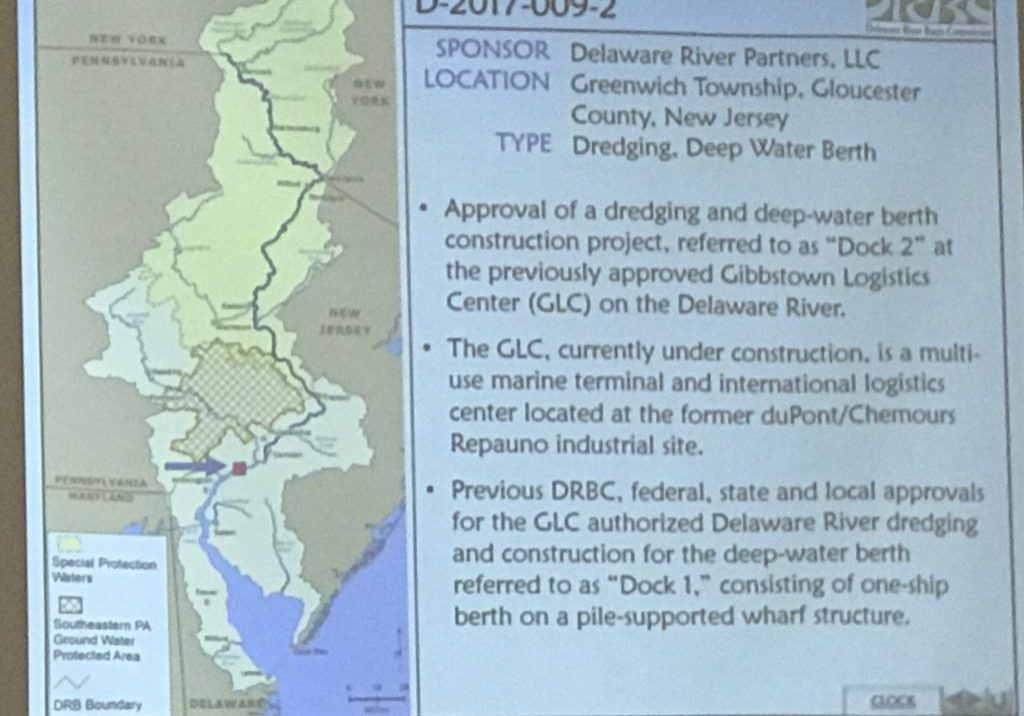

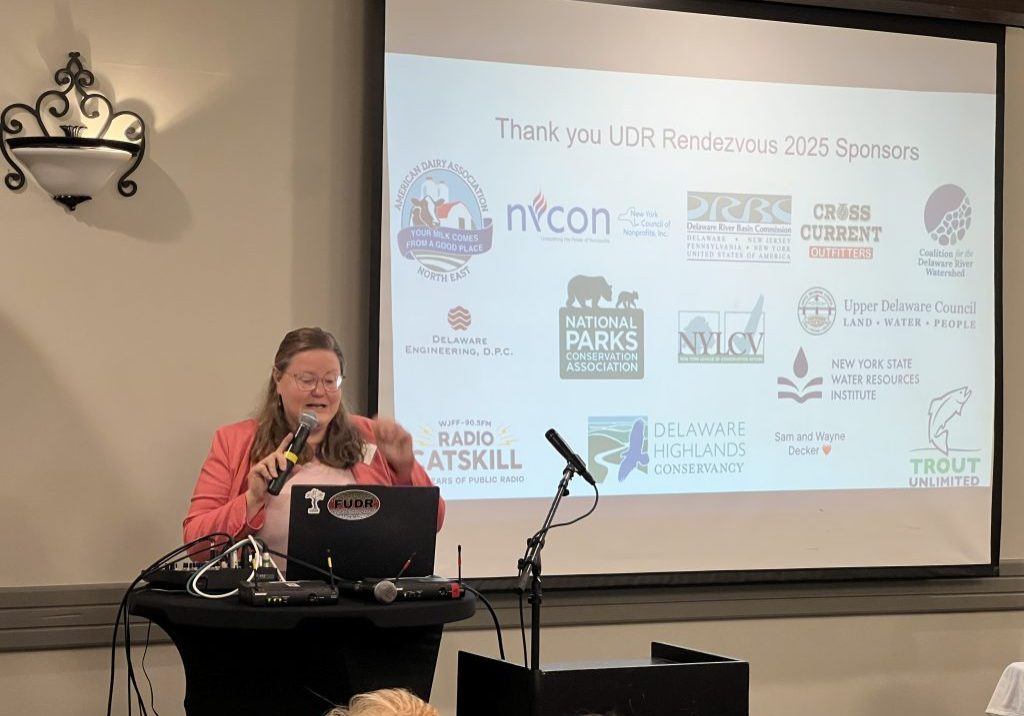
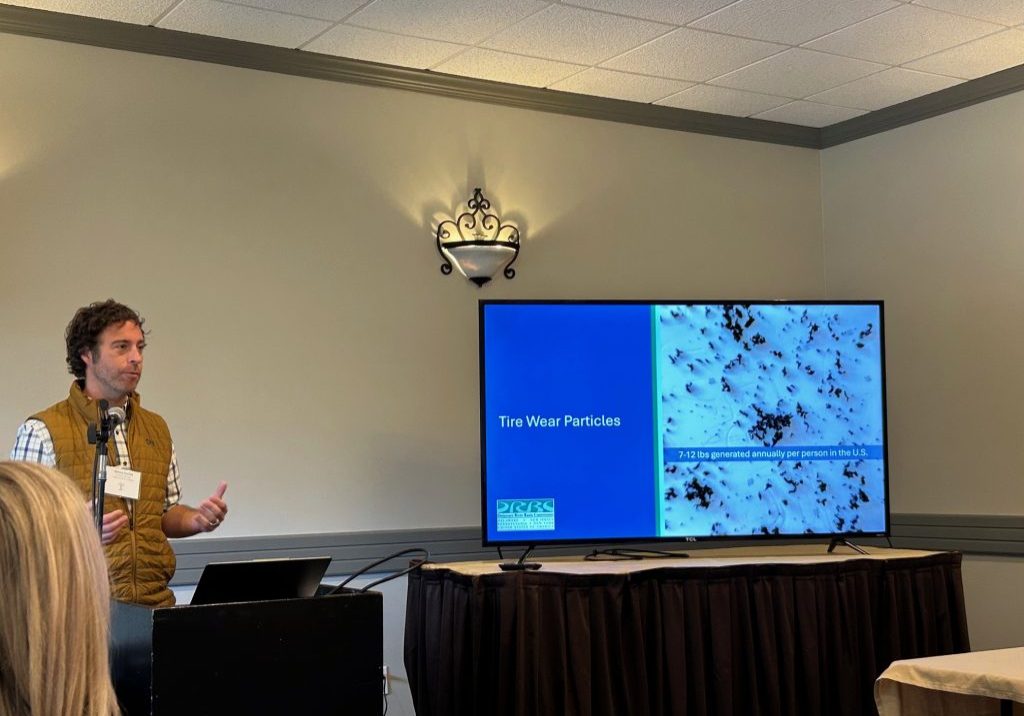
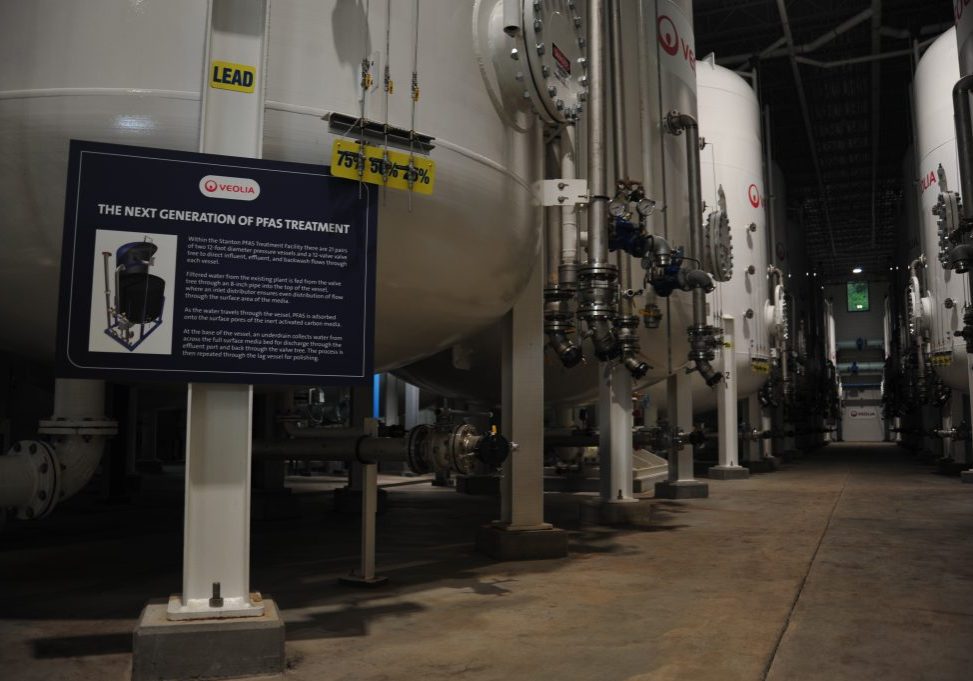
Hopefully you will be able to do a follow up article which would describe some of the actual damage that would be caused by a hazardous waste spill into either Monocacy Creek, Lehigh River or the Delaware River. The previous Norfolk Southern hazmat accident in Ohio involved 10 miles of the Ohio River ( shared with PA) and the community of East Palestine ( Pop 2,000) was considered a major hazmat accident costing the railroad over a billion dollars? Q: What would a hazmat accident be called in Eastern PA along the previously mentioned waterways? It is obvious only PA Governor Josh Shapiro can prevent the DEP from approving the Keystone Cement Company application. Possibly you can assure he is aware of this situation?
Some regulatory clarification… The materials to be rail transported to Keystone Cement are Federal EPA hazardous wastes. These are spent industrial solvents, both chlorinated and non-chlorinated, which are generated by a variety of industries. Per EPA regulations, Keystone is a permitted Treatment Storage Disposal Facility (TSDF) of hazardous waste. Generators of spent solvents can contract with Keystone to take their hazardous wastes for disposal, via thermal destruction in their cement kiln. The Resource Conservation and Recovery Act (RCRA) regulates the process of managing hazardous waste, from when it’s first generated to its ultimate disposal, thus from “Cradle-to-Grave.” Under RCRA, hazardous waste generators have a legal responsibility to manage their wastes safely throughout its entire lifecycle, to include its transportation, treatment, and storage. Most importantly, generators have full liability for any environmental issues…like a release to waterways… that may occur during the entire “Cradle to Grave” process.
On 7May2025, the PADEP renewed the Keystone Cement Co. hazardous waste Treatment Storage Disposal Facility (TSDF) permit. Part of the renewal was DEPs approval of a railcar management unit inside the Keystone plant site. Thus, with renewal now complete, Keystone can begin to receive 30,000 gal rail tankers of spent, flammable and environmentally toxic industrial solvents into their facility. In essence, by a simple regulatory default, the PADEP essentially ignored the valid concerns of 76 citizens who provided written comments about protection of the Monocacy Creek, and the potential of catastrophe along this narrow single track rail line. Over 120 individual comments regarding rail transport were received by DEP. However, in reissuing the permit the Department made it clear that, outside of the Keystone operations footprint, they have no regulatory command of the Norfolk-Southern (NS) rail track. Furthermore, they noted that the Federal Railroad Administration (FRA) regulates the rail tracks, safety, inspection frequency, and regulatory requirements for railroad companies. With that declaration, DEP has essentially passed the buck to the FRA for addressing valid citizen concerns about hazardous waste transport on the railway. At this point we can expect that hazardous waste will be transported on those 10 miles of track adjacent to the creek, through the Historic Bethlehem area, Illicks Mill Park, the residential neighborhoods of Main Street Extension and Biery’s Bridge Road, plus the Gertrude Fox and Archibald Johnson conservation areas. The NS rail line also moves through Bethlehem Township, Lower Nazareth Township, East Allen Township, and the Borough of Bath, often passing through the backyards of residences and businesses.